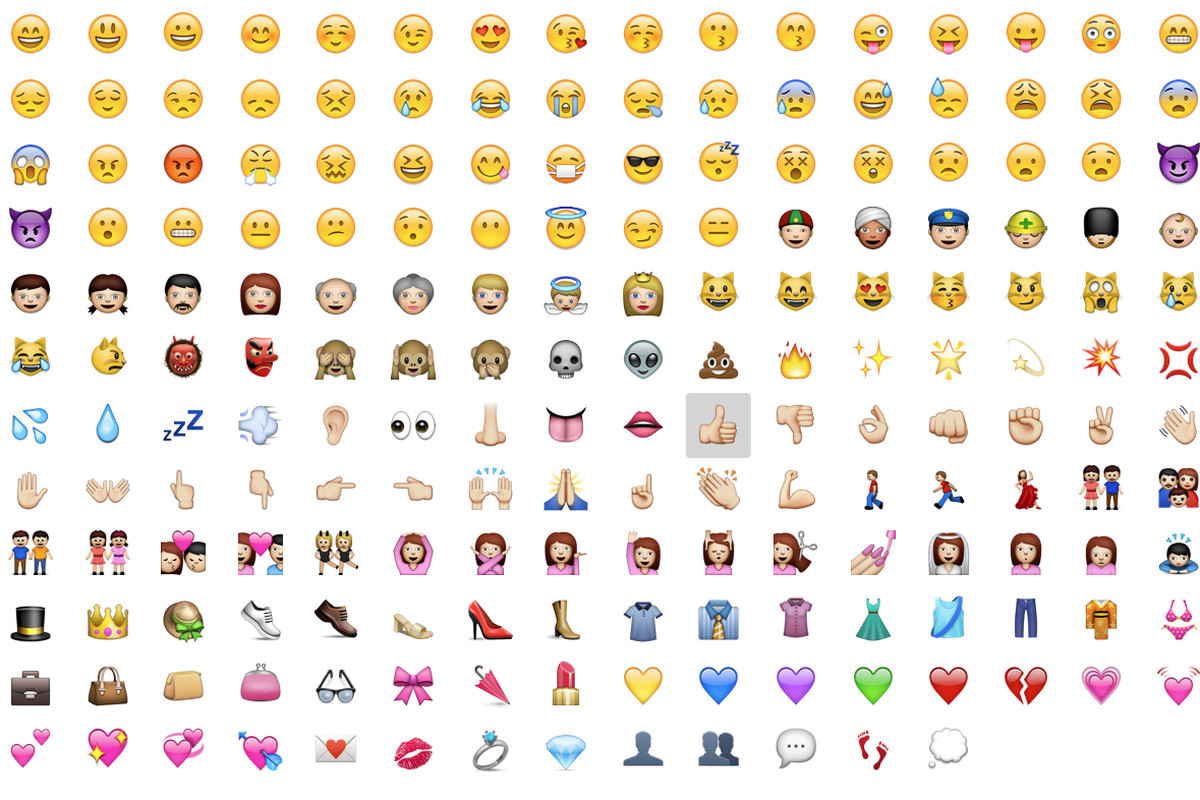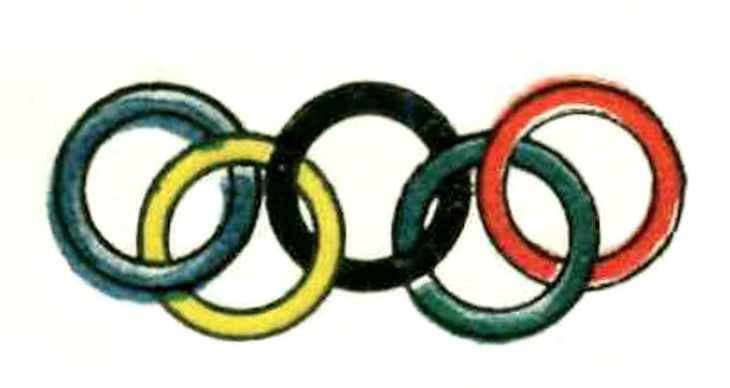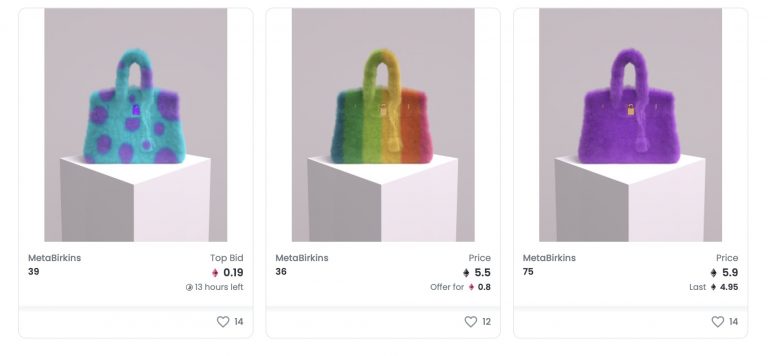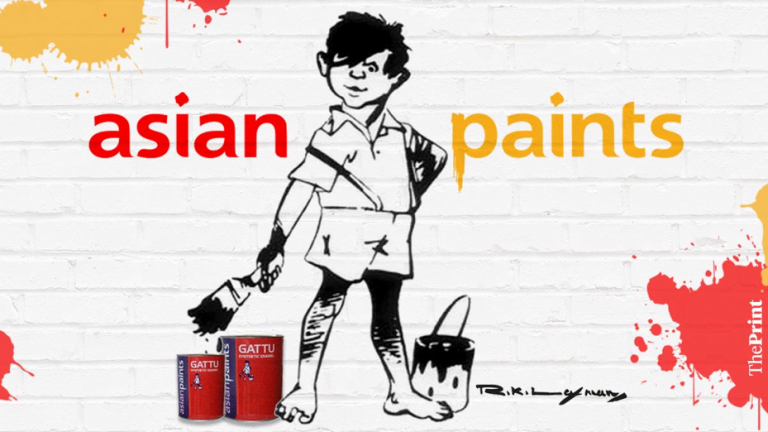Cashing in on Expressions: Emojis and their Run-in with IP Law
Do you know what day it is today?
It’s 🌏😄📆……………………………… a.k.a. It’s World Emoji Day!
In case you guessed it correctly, congratulations! You can proudly call yourself a part of the internet generation. If not (dinosaur), no worries, we will be covering all the bases here for you.
Introduction
Emojis have overtaken text as our medium of interaction across all online spaces. Not only that but, emoji use has also permeated into popular culture which can be seen in the 2017 animated film ‘The Emoji Movie’. Yet, some do not enjoy using emojis. For instance, lawyers are a serious bunch and often do not use emojis while communicating, or the romantics who feel no emoji can achieve the same effect as that a Keats’ prose can. Whichever side you choose to be on, we cannot deny that emojis have become an important part of our day-to-day lingo. Their excessive usage over time has raised trademark and copyright questions which we aim to tackle.
How did emojis come to be?
The word emoji, unlike popular belief, has not originated from the word emotions. It originates from Japanese words, ‘e’ which is understood as picture, and ‘moji’ which means character. They developed from the emoticons that were used before them, they required the user to put in much more effort and imagination. Emojis, though requires no such creative input from the user (unless their use and context are changed by the user, for instance, using a fruit emoji to mean something other than the literal fruit).
The Unicode Consortium recognized emojis and codified them in the year 2010. This allowed various platforms, like, Google and Apple, to release their variation of the Unicode. To understand this better we need to know the categories of emojis, Unicode-defined and proprietary emojis. Unicode-defined emojis are standardized using a unique code and a basic outline but, they are implemented by other platforms differently, Google emojis are in the shape of blobs and Apple has a different emoji depicting a pistol as a water gun instead. Proprietary emojis may slightly match the Unicode, but they do not share the same number. This category of emojis is available for use on the developer’s site or application.
Emojis and IP considerations
The variations amongst the emojis of various platforms bring to light the intellectual property rights which may or may not protect them. Protecting them with copyright law is fairly difficult because many emojis are simple in design and there is no adequate expression to claim authorship. Furthermore, an emoji can only be limited to a few impressions which are too minute to constitute authorship. Even if a developer manages to meet the criteria for copyright, the protection under such a right would be minimal, however, they can copyright an emoji set.
When it comes to trademarking emojis, the considerations are different from procuring copyright protection. Trademarks are used to distinguish similar products in a commercial space and emojis may be protected by trademarks. In the case of emojis though, developers do not make emojis for commercial purposes. So, trademarking emojis may be a difficult task for the platforms but they can be protected, for instance, emoji – the official brand – has successfully trademarked emojis. They allow for free personal use but, for commercial usage organizations are required to seek a license for use.
Interestingly, Emoji Company Gmbh has registered a trademark on the term ‘emoji’ in various classes across the globe including India since 2014.
To Conclude
Therefore, if emojis are used for anything other than their original purpose they can seek protection under IP law. Some platforms provide free access to emoji use or they disclaim their IP rights much like Unicode. However, to use emojis which were developed with unique attributes consent is required from the respective developer, for instance, to use Apple emojis, one would have to obtain a license from them.
Emojis and IP laws are a novel and complex area in law which needs to be explored further. Though platforms may be able to protect emojis under IP, the protection will be the bare minimum given the universal nature of emojis and almost insignificant variations in emojis from different developers. But, granting ownership over emojis and allowing platforms to capitalize over a form of communication falls in the grey area of law and maybe to an extent unethical.
Authored by Pearl Yadav, an intern at MikeLegal
References –
- https://lawblog.legalmatch.com/2018/02/14/how-do-courts-handle-emojis-part-2-emoji-law/
- https://www.wipo.int/wipo_magazine/en/2018/03/article_0006.html
- https://www.mondaq.com/india/trademark/714970/intellectual-property-rights-over-emojis-transforming-expressions-into-assets
- https://emojitimeline.com/
- https://www.worldipreview.com/contributed-article/emojis-as-trademarks-are-they-or
- https://lawtimesjournal.in/converting-expressions-into-assets-ipr-and-emojis/






